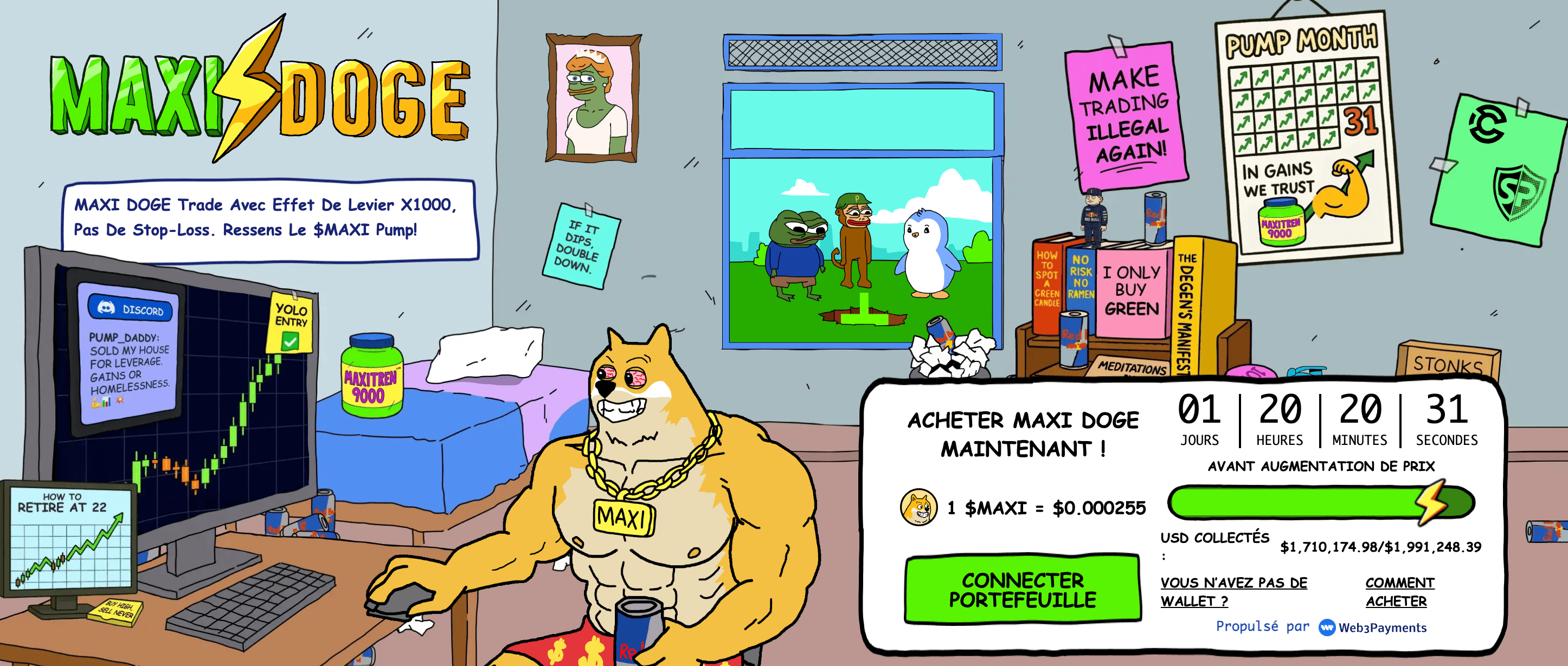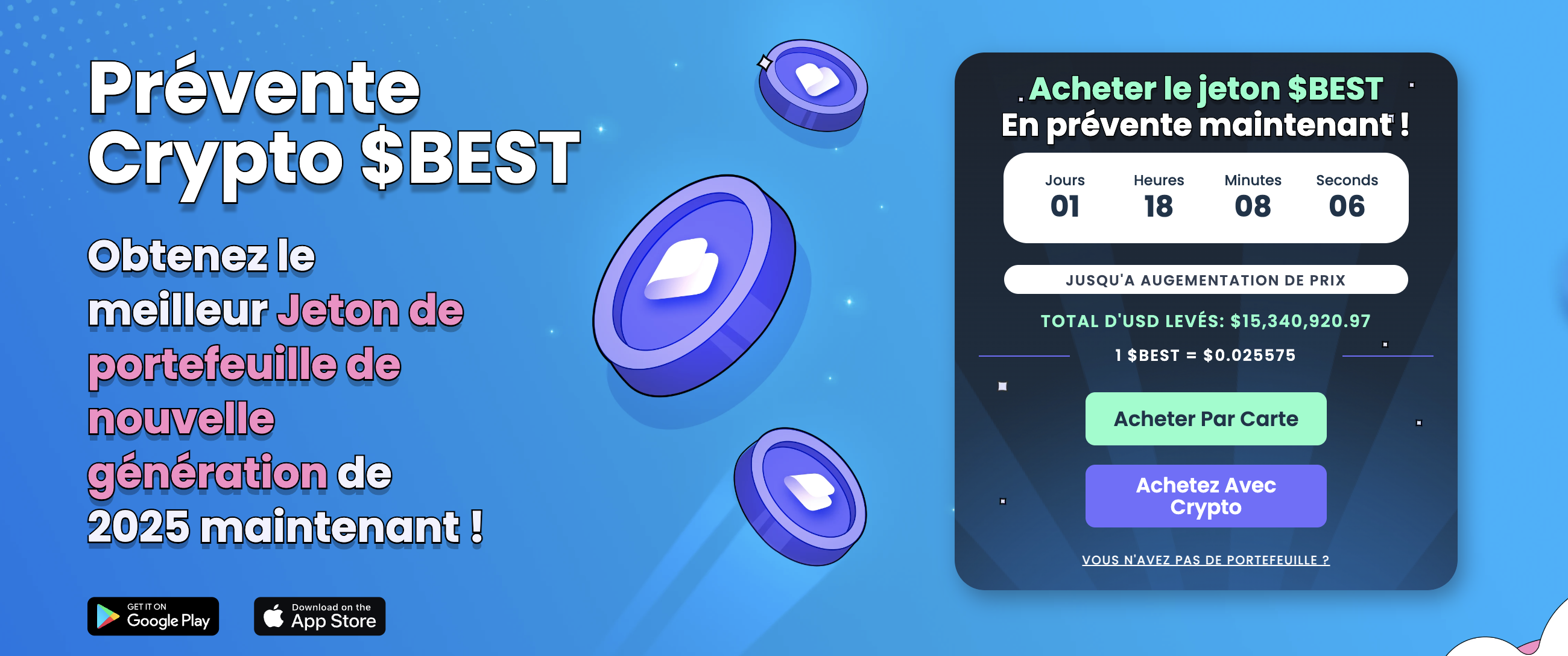ETFs Ethereum battent Bitcoin : ETH levier de rendement ?
Août 2025. Le paysage des cryptomonnaies change. Sous nos yeux. Pendant des années, Bitcoin a gardé son statut de géant incontesté. Surtout auprès des institutionnels.
Pourtant, ces dernières semaines, une bascule s’opère. Les flux de capitaux se dirigent massivement vers Ethereum, via les ETFs. Plus de 1,8 milliard de dollars injectés en quelques jours, pendant que les produits adossés à Bitcoin enregistrent des sorties. Un contraste brutal, qui dit beaucoup sur l’évolution du marché.
La montée en puissance des ETFs Ethereum
Les chiffres ne mentent pas : les encours sous gestion des ETFs Ethereum dépassent maintenant les 30 milliards de dollars. Pour un actif souvent perçu comme plus risqué que Bitcoin, c’est un tournant. Les gestionnaires de fonds, réputés prudents, choisissent aujourd’hui Ethereum comme véhicule privilégié. Pourquoi ? Parce que l’actif ne se contente pas d’exister, il produit. Le staking rapporte, la DeFi prospère, les mises à jour du protocole améliorent en permanence sa performance.
Bitcoin reste un socle, une réserve numérique. Mais il est statique. Ethereum, lui, est vivant. Et c’est cette vitalité qui attire l’argent institutionnel.
Ethereum : un rendement qui change la donne
Ce qui fait la différence, c’est le rendement. Les ETFs Ethereum s’appuient sur un actif qui, grâce au staking, offre naturellement un retour annuel. Même indirect, cet avantage séduit. Les fonds savent qu’ils ne trouveront jamais cela avec Bitcoin. Dans un univers où chaque point de rendement compte, la décision est simple.
Ce rendement n’est pas la seule explication. Ethereum avance, là où Bitcoin se contente de maintenir son cap. Les mises à jour récentes, comme Dencun ou Pectra, ont réduit les coûts sur les couches 2. Résultat : un réseau plus rapide, plus accessible, plus accueillant pour la finance décentralisée. C’est tout un écosystème qui en profite, et les investisseurs institutionnels parient dessus.
Un rééquilibrage des portefeuilles
Dans les grandes banques, dans les fonds de pension, les allocations bougent. Les portefeuilles autrefois saturés de Bitcoin laissent de plus en plus de place à Ethereum. On ne parle plus de 70 % BTC et 30 % ETH. On parle de répartition inversée, où Ethereum peut peser deux fois plus que Bitcoin.
Ce changement n’est pas anodin. Il traduit une conviction. Ethereum n’est plus une alternative. C’est le cœur de l’économie blockchain. Les institutionnels y voient un actif d’avenir. Et ils l’intègrent dans leurs stratégies à long terme.
L’impact d’Ethereum sur les investisseurs particuliers
Cette dynamique, d’ailleurs, n’a pas seulement un effet institutionnel. Elle rejaillit sur tout l’écosystème. Quand les grandes masses de capitaux s’ancrent dans Ethereum, la confiance des particuliers grandit. Mais, pour ceux qui cherchent à dépasser les gains modestes des produits traditionnels, la clé se trouve ailleurs. Car si les ETFs apportent la stabilité, ils ne vous rendront jamais riche.
L’histoire de la crypto le rappelle : les multiples ne se font pas dans les actifs institutionnalisés. Ils se font dans les marges, sur les projets encore jeunes, portés par une communauté en ébullition ou par une utilité claire. Et en ce moment, deux projets illustrent parfaitement cette logique.
Maxi Doge, la démesure comme moteur

Le premier s’appelle Maxi Doge. Impossible de passer à côté de son identité : un Shiba Inu bodybuildé, obsédé par le trading à levier. Tout est pensé pour la provocation et l’exagération. Mais derrière cette image se cache une mécanique simple : créer un meme coin viral, capable d’attirer une communauté massive.
La prévente a déjà récolté près de 1,6 million de dollars. Le prix du token est fixé à 0,0002545 $. Un niveau qui paraît insignifiant, mais c’est justement cette faible valorisation qui attire les parieurs. Dans l’univers des meme coins, le branding est roi, et Maxi Doge a compris la recette. La communauté s’agrandit, la visibilité augmente, et l’effet boule de neige peut se déclencher à tout moment.
Vous voulez un multiple ? C’est dans ce type de projet qu’il se trouve. Mais encore faut-il se placer avant la fin de la prévente.
Participez à la prévente de $MAXI !Best Wallet, la construction patiente

À l’opposé de ce chaos volontaire, Best Wallet propose une vision sérieuse, presque institutionnelle. Une application mobile multichaîne, un DEX intégré, du staking, et bientôt une carte crypto avec cashback jusqu’à 8 %. Rien de fantaisiste ici. L’ambition est claire : devenir un hub complet pour les utilisateurs crypto, un outil du quotidien.
La présale a levé plus de 15,3 millions de dollars, elle fait donc logiquement partie des meilleurs préventes. Le prix actuel, 0,025545 $, reste attractif par rapport aux perspectives. Best Wallet n’est pas un pari court-termiste. C’est un projet conçu pour durer. Pour évoluer avec l’écosystème, et pour répondre à un besoin concret. Celui de gérer simplement ses actifs sur plusieurs blockchains.
Dans ce marché ou Ethereum capte les institutions, un projet comme Best Wallet se positionne comme un relais naturel. Il n’a pas besoin d’être viral pour réussir. Son utilité lui donne une légitimité durable, et rend sa presale très, très attractive.
Participez à la prévente de $BEST !La logique des flux Ethereum
Les ETFs Ethereum prouvent que le marché institutionnel a trouvé son nouveau champion. Mais ce mouvement massif n’empêche pas la recherche de rendement plus audacieux. Au contraire, il le stimule. Car quand les grands acteurs sécurisent leurs positions, les plus petits cherchent à s’exposer à des paris asymétriques.
Maxi Doge et Best Wallet illustrent clairement cette complémentarité et affichent des prévisions de prix alléchantes. L’un incarne la spéculation brute. L’autre la conviction utilitaire. Tous deux bénéficient du climat actuel. Dans lequel la confiance dans Ethereum se traduit par un appétit renouvelé pour les projets périphériques.
Deux temporalités, une même opportunité
Le message est limpide. Les institutionnels choisissent Ethereum parce qu’il rapporte et qu’il évolue. Mais les particuliers peuvent aller plus loin. Les multiples se trouvent dans les préventes, dans ces projets qui surfent sur l’élan du marché pour exploser.
Maxi Doge, avec sa folie assumée, et Best Wallet, avec son ambition utilitaire, représentent deux faces de la même opportunité. Ce sont des projets encore accessibles, qui se construisent dans l’ombre du mouvement institutionnel. Si vous voulez capter le vrai levier de rendement, il est là, à portée.
You May Also Like

South Korea’s $657 Million Exit from Tesla Signals a Big Crypto Pivot

Ripple Clash: Scott Melker Questions XRP’s True Purpose
